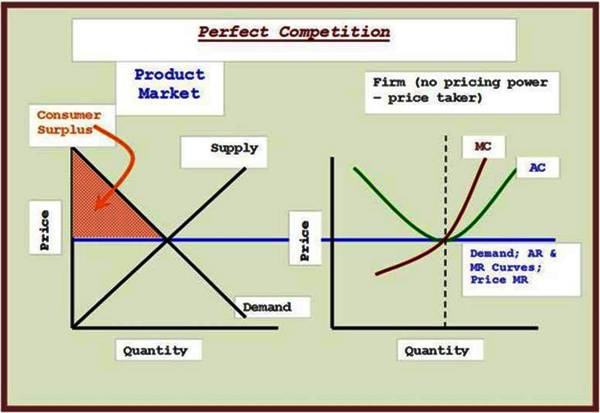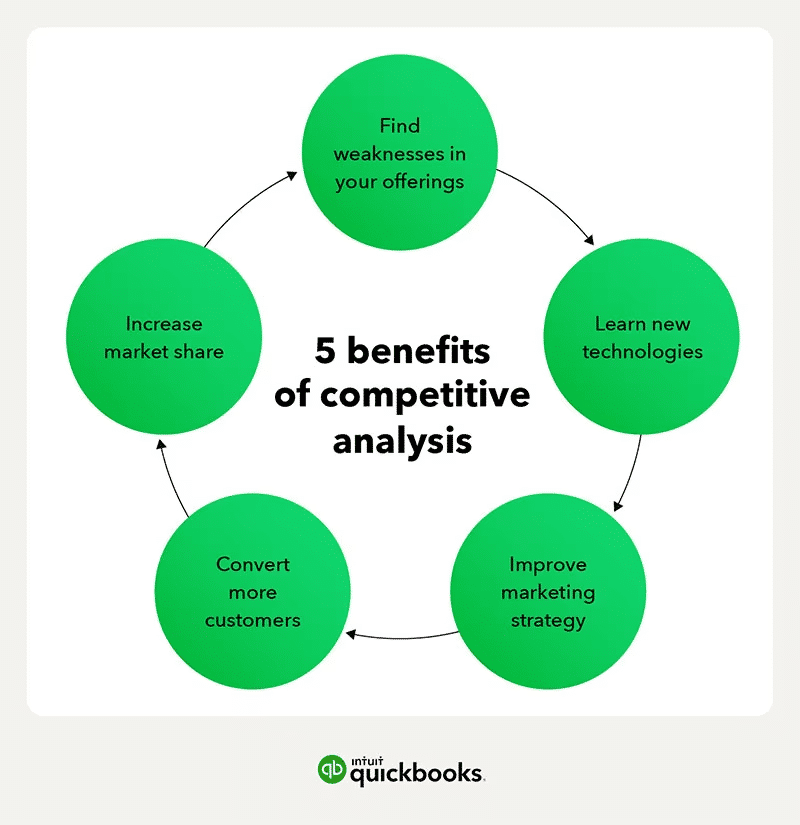How Does Competition Benefit Consumers
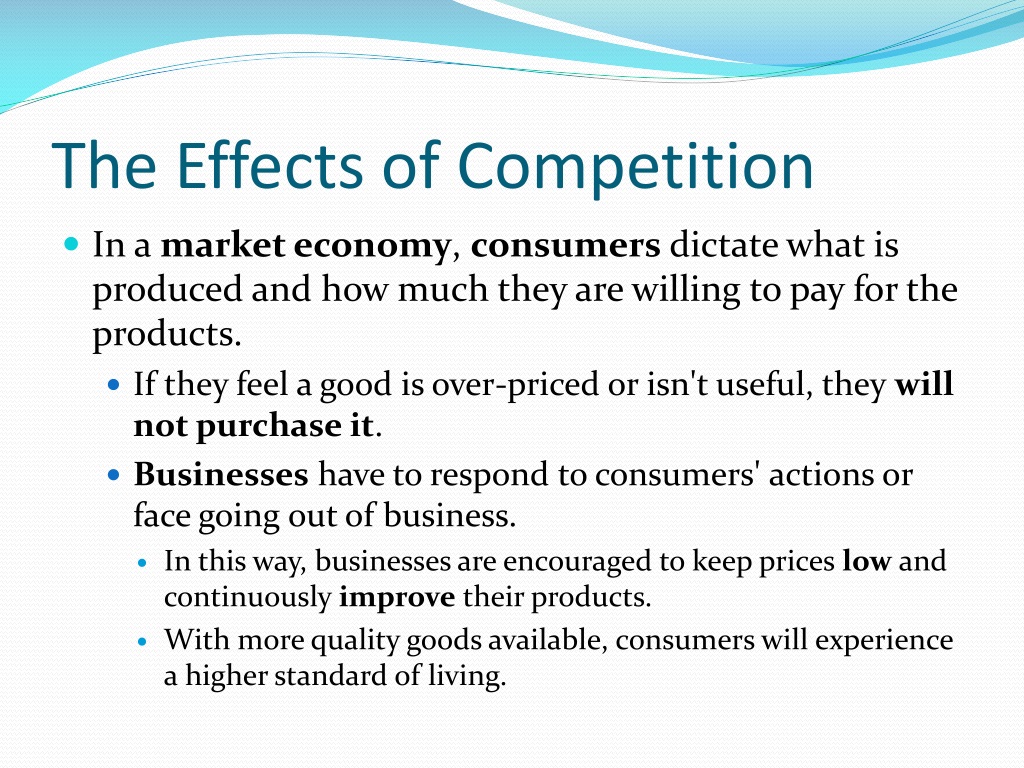
In the bustling marketplace of ideas and commerce, competition acts as an invisible hand, shaping prices, quality, and innovation to the ultimate benefit of consumers. But how exactly does this dynamic play out, and what are the specific ways in which a competitive landscape translates into tangible advantages for the everyday shopper?
The core principle is simple: when businesses vie for customers, they are incentivized to offer better deals, superior products, and more convenient services. This constant striving to outdo the competition creates a virtuous cycle that fuels economic progress and empowers individuals with greater choice and value.
Price Benefits
One of the most direct benefits of competition is lower prices. When multiple companies offer similar products or services, consumers can compare prices and choose the most affordable option.
This forces businesses to operate efficiently and minimize costs in order to remain competitive. According to a report by the Federal Trade Commission (FTC), increased competition in the pharmaceutical industry, for example, can lead to significant price reductions for generic drugs.
Quality and Innovation
Competition not only drives down prices but also incentivizes businesses to improve the quality of their products and services. To stand out from the crowd, companies must constantly innovate and develop new features or enhancements that appeal to consumers.
This can lead to a wider range of choices and higher standards of performance. The Organization for Economic Co-operation and Development (OECD) has consistently highlighted the link between competition and innovation, noting that competitive markets are more likely to foster research and development activities.
This ultimately leads to a more dynamic and technologically advanced economy.
Increased Choice
A competitive market offers consumers a wider array of choices. Different companies cater to different needs and preferences, offering a variety of products, services, and price points.
This allows individuals to find options that best suit their specific circumstances. The proliferation of streaming services, for example, demonstrates how competition can lead to a more diverse and personalized entertainment landscape.
Consumers are no longer limited to a few traditional cable channels but can choose from a vast library of content tailored to their interests.
Improved Customer Service
In a competitive environment, customer service becomes a critical differentiator. Businesses realize that providing excellent service is essential for retaining customers and attracting new ones.
This leads to more responsive and helpful interactions, as well as a greater emphasis on customer satisfaction. A study by J.D. Power found that companies with higher customer satisfaction ratings often experience greater market share and profitability, further reinforcing the importance of customer-centric practices.
Efficiency and Productivity
Competition forces businesses to operate more efficiently and productively. They must constantly seek ways to streamline their operations, reduce waste, and optimize their resources.
This leads to lower costs and higher output, which ultimately benefits consumers through lower prices and better quality. The World Bank emphasizes that competition is a key driver of economic growth and development, as it encourages businesses to adopt best practices and improve their overall performance.
The Downside of Limited Competition
Conversely, a lack of competition can have negative consequences for consumers. Monopolies and oligopolies, where a single company or a small group of companies dominate the market, can lead to higher prices, lower quality, and less innovation.
These dominant firms have less incentive to compete, as they face little or no threat from rivals. This can stifle economic progress and harm consumers. Antitrust laws are designed to prevent monopolies and promote competition, ensuring that markets remain open and accessible to new entrants.
Conclusion
In conclusion, competition is a powerful force that benefits consumers in numerous ways. It drives down prices, improves quality, increases choice, enhances customer service, and promotes efficiency and productivity. By fostering a competitive environment, policymakers can create a more vibrant and prosperous economy that serves the interests of all citizens.
Therefore, understanding the dynamics of competition is crucial for both businesses and consumers alike. It allows for informed decision-making and contributes to a more equitable and efficient marketplace for all.
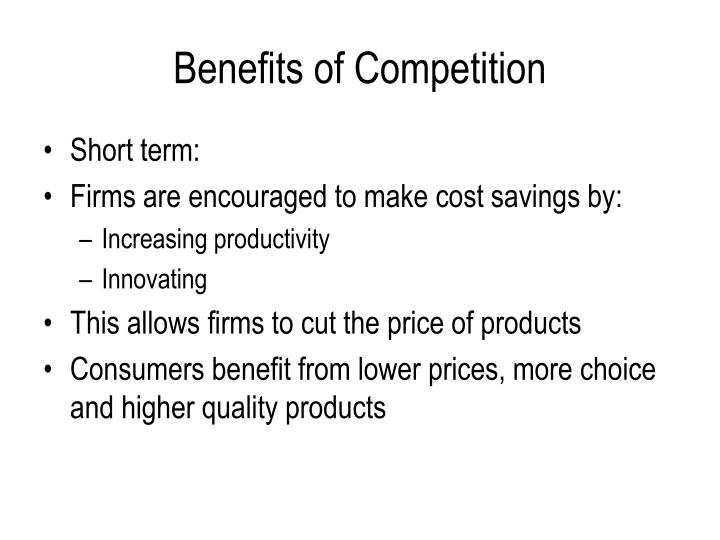
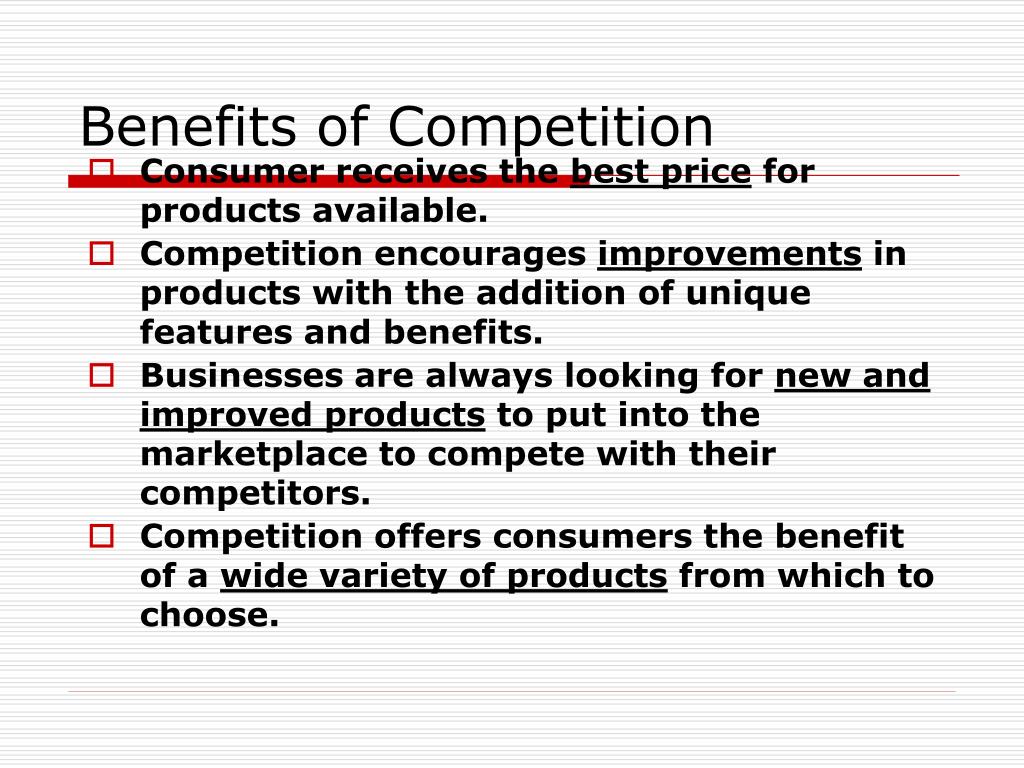



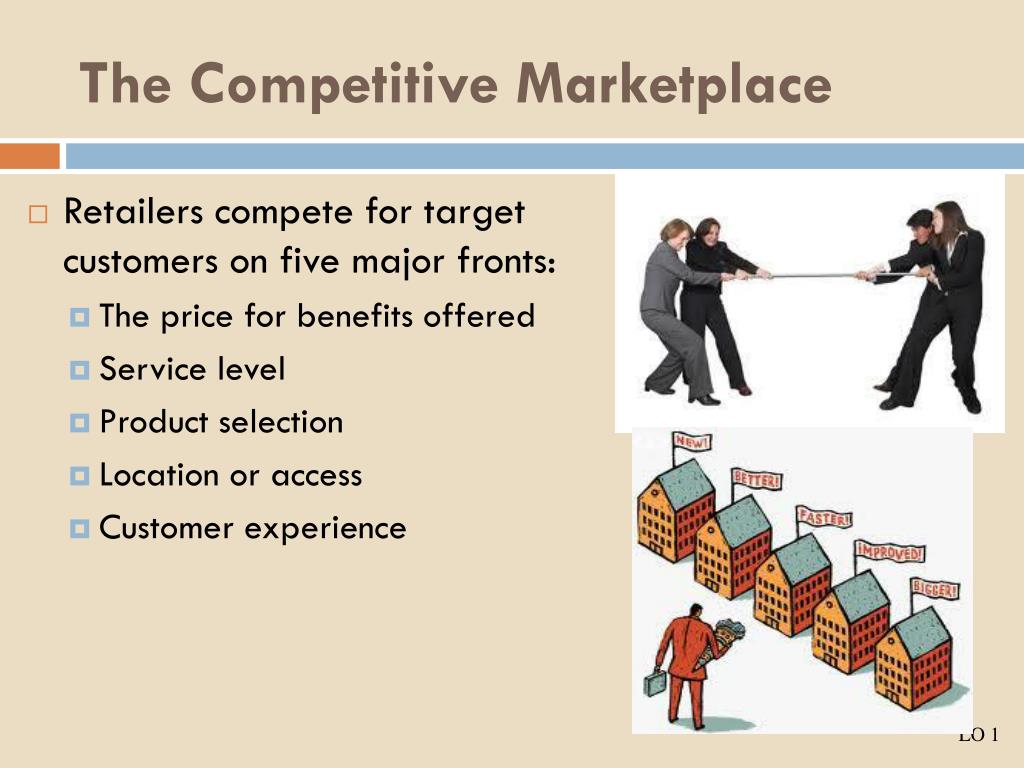
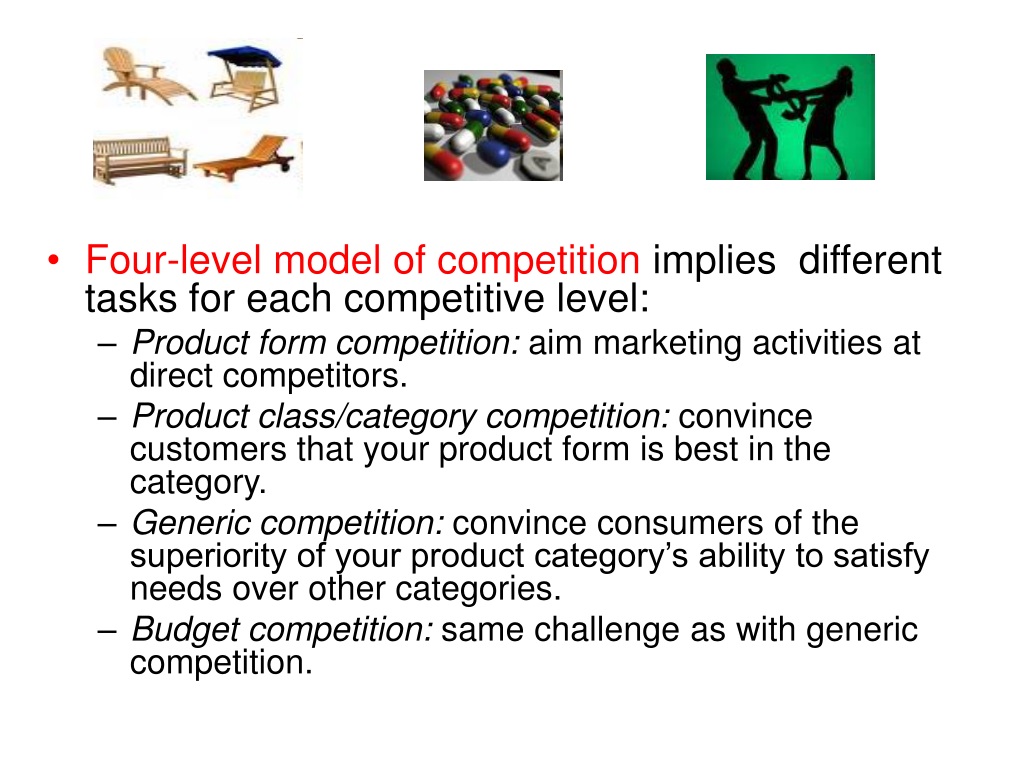
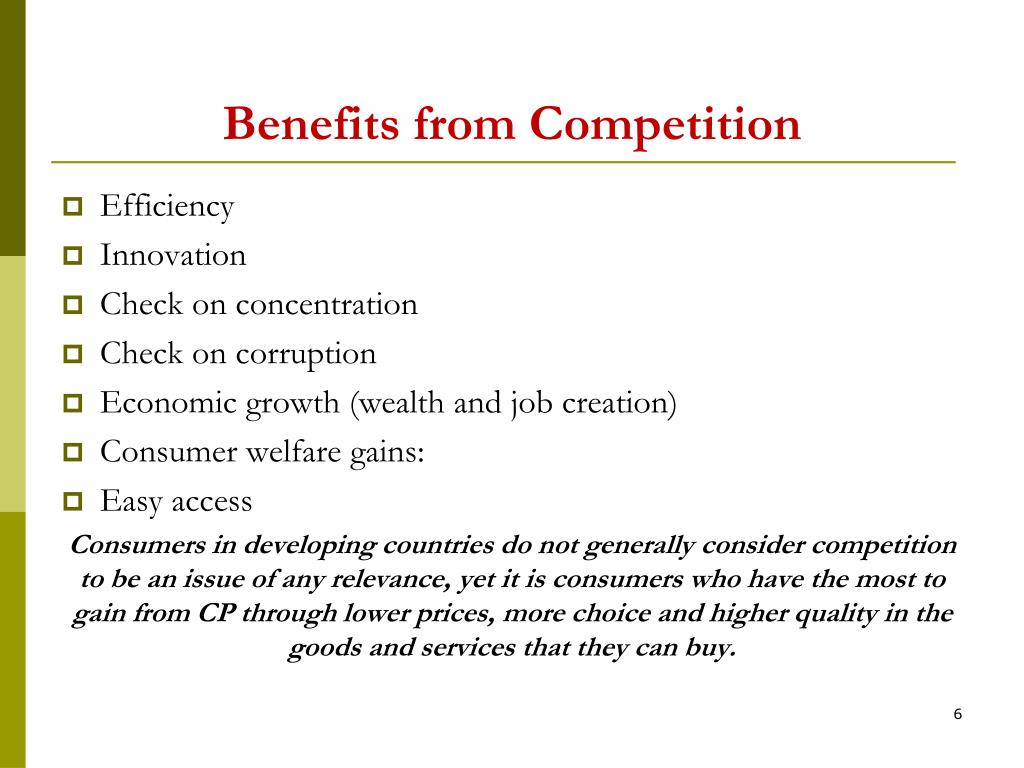


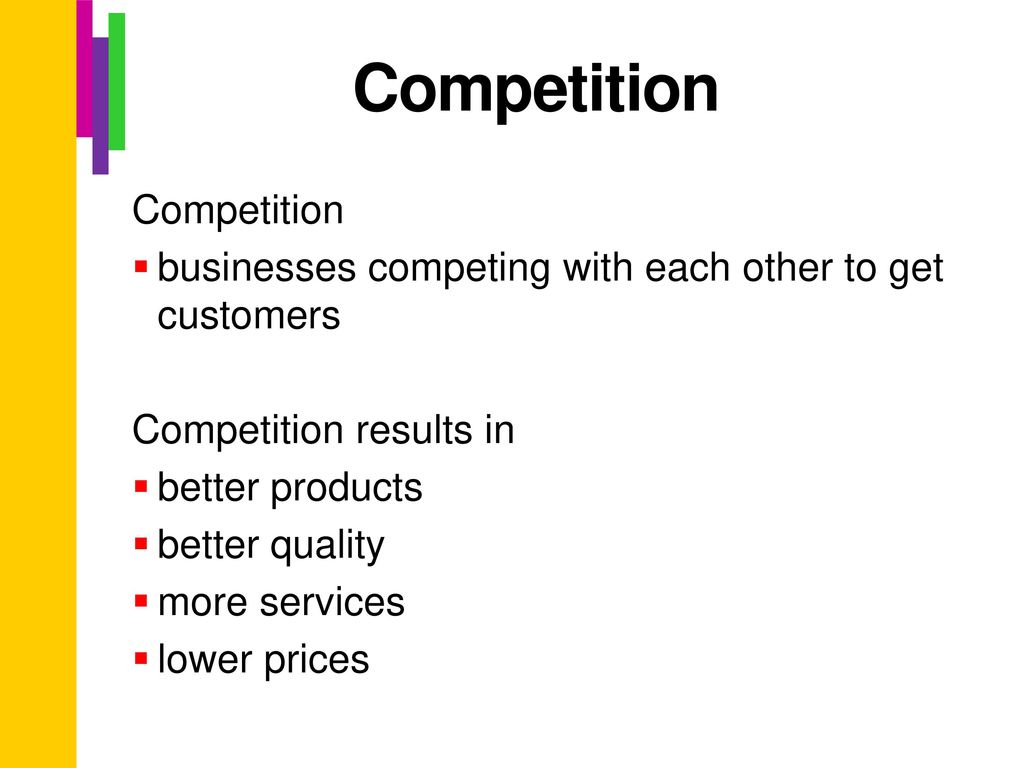
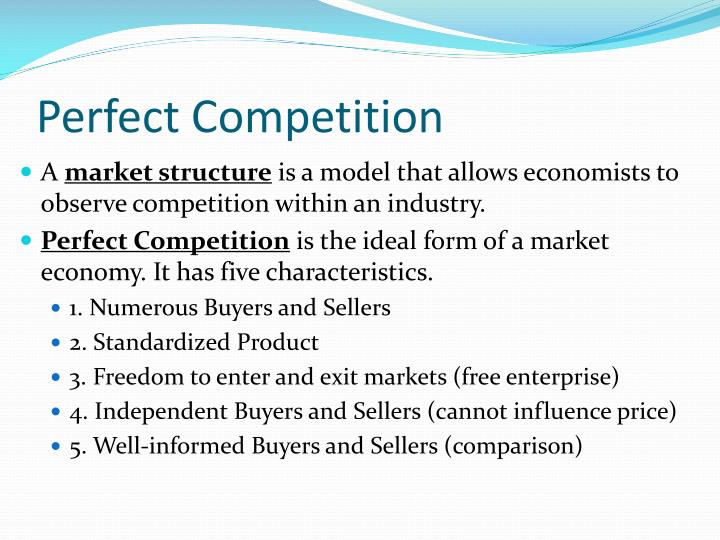

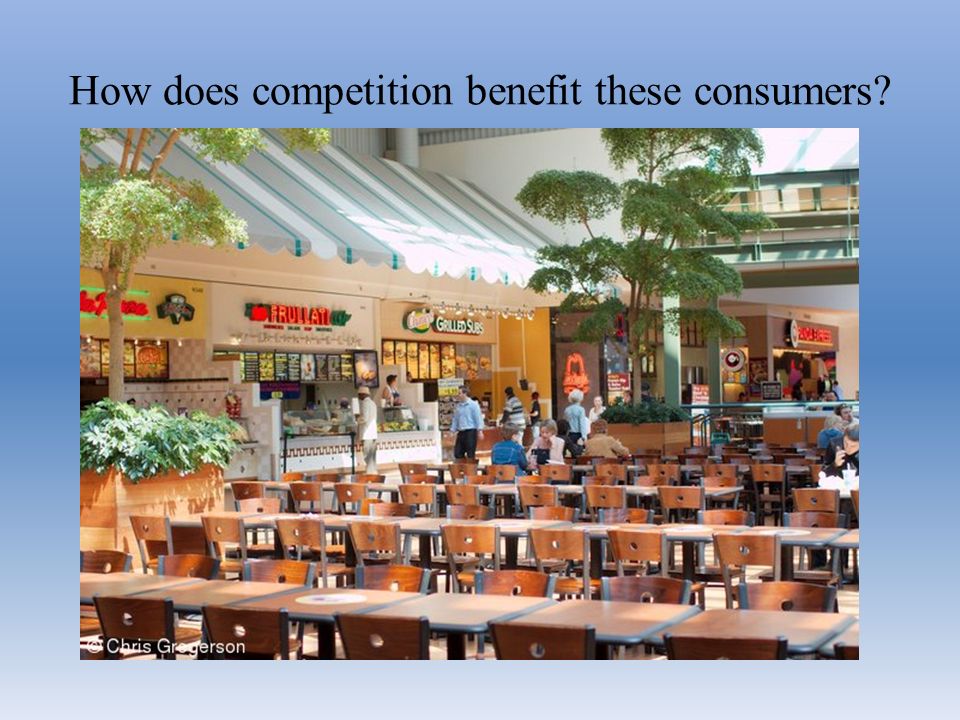
:max_bytes(150000):strip_icc()/what-is-competitive-advantage-3-strategies-that-work-3305828_FINAL-5b87022bc9e77c002524e634.png?ssl=1)
